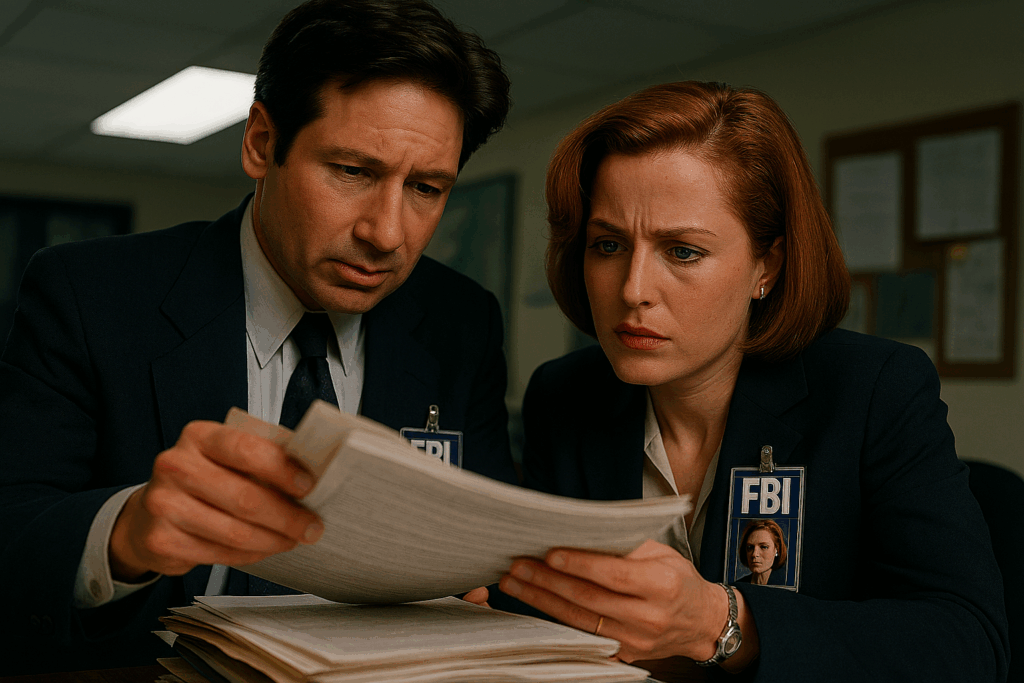One of the things that I did to actually get my career started was to work on a company’s filing system. Back then, everything was hard copy, and so being able to see what things were was much simpler. Looking for an invoice? Look for a document that clearly states “invoice” on it. Simple yeah? The fact that you could easily identify things by sight was the only really good thing about a hard copy filing system. At the beginning of my career, I was put in charge of organizing my company’s filing system, which was entirely hard copy. Being able to sort through things by sight was simple enough, but it wasn’t terribly easy to access. I eventually transitioned them to a digital system, and I had to develop a digital filing system that would make it easy to identify the digital documents. In your personal life, you may have a bunch of papers on your desk. You can certainly look at them and easily identify them, but you will need to scan them to get all your information into your digital filing system. To have a useful filing system, you need a system for managing the documents you put into it.
1) Files and folders are DIFFERENT THINGS – I feel it’s important to go through one of the basics (forgive me for those of you who know the difference) because it’s critical for those who don’t have this information to understand the difference. “Files” are the documents, pictures, or movies that you put in your file management system. This could be anything from PDF documents, which could be Bills, to Word documents, which could be the most recent assignments. The Folders are where all those documents are kept. The confusion comes from the fact that some people refer to folders as files. This is because, I would assume, when everything was hard copy, the documents were all held in file folders… sorry for a bit of the “How much wood would a wood chuck chuck” writing here, but it’s all confusing with the muddled terms. TO BE CLEAR, Files (the documents) are held in Folders.
2) Naming conventions are CRITICAL – I recognize that naming every single file in your document management system can be a bit of a pain, but it is the actual definition of “Short-term pain, long-term gain.” Allow me to explain: if you get a document emailed to you, which is (let’s say) a Phone bill, but it’s not called “Phone bill” but is instead called something incomprehensible like “256748129561654191,” trying to find that document later will be impossible. I know what you’re thinking, “Jason…..I don’t need to look at my phone bills. Why do I care what they’re called?” I hear you, but having a consistent naming convention for all your documents, not just the important ones, makes it easier to find them later. I personally have a slippery memory, and sometimes when I’m paying my bills, I forget to put the payment into my budget tracker, so it’s essential to have a naming convention so I can go back and make sure that A) I actually did pay the bill and B) I know how much I paid.
3) Dates are like an auto-sorting system – I’m going to dig a little deeper into the ins and outs of having a date-based file management system in a couple of weeks. Still, for now, I will say that having the date of all your documents allows you to sort them automatically. Your filing system (Doesn’t matter what provider you use) wants to sort documents by thier name automatically. This means that if you name all your files in one particular folder “(date) – Phone Bill,” then they will automatically arrange themselves from oldest to newest. My recommendation would be to enter your date as YYY-MM-DD so that they sort themselves in correct chronological order.
Filing systems are critical, but having a system that you actually use for your filing is even more important. While it would be super tempting to dump every file you have into one folder and call it a day, the result would be that if you needed a document for something, you would NEVER be able to find it. Features such as consistent naming conventions, assigned dates, and subfolders enable you to effectively manage your data and ensure that you can access it at a later time. It’s critical that you can find your documents later, because, both in a personal and professional context, being able to access your own information in a timely and efficient way is what makes a filing system easy to use. Without it, you will spend too much time trying to find the correct document. With a hard copy system, you can identify documents by sight, but with an electronic one, everything is the same. Therefore, having a system for organizing everything is what will help you with…ahem…organizing your digital life.
How do you organize your filing system?
Let me know in the comments section below. If you like this blog post and want to see more, you can follow me on Social Media (LinkedIn, Instagram, and Facebook @jasonlovefiles) or Subscribe to my blog to get new content delivered directly to your mailbox.


